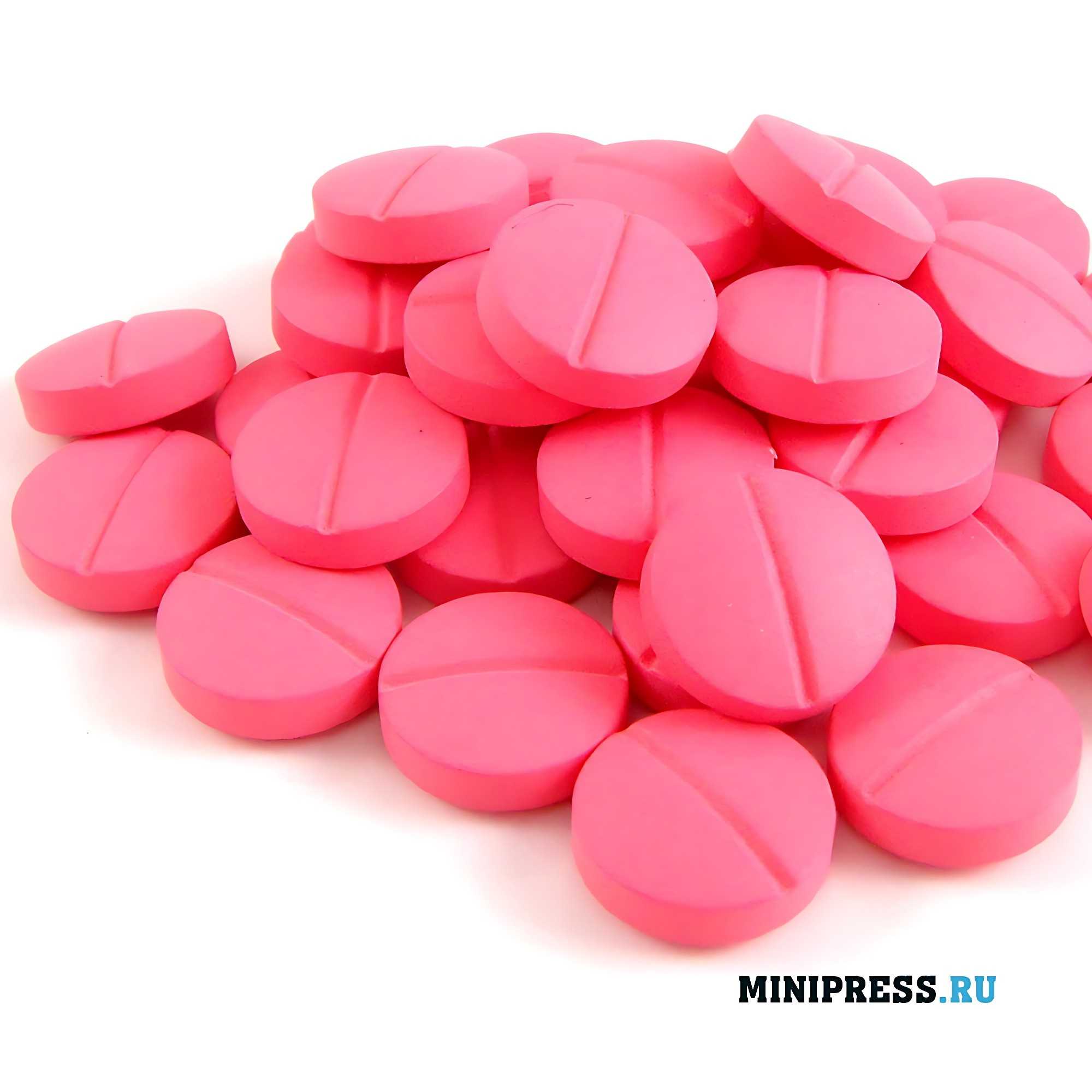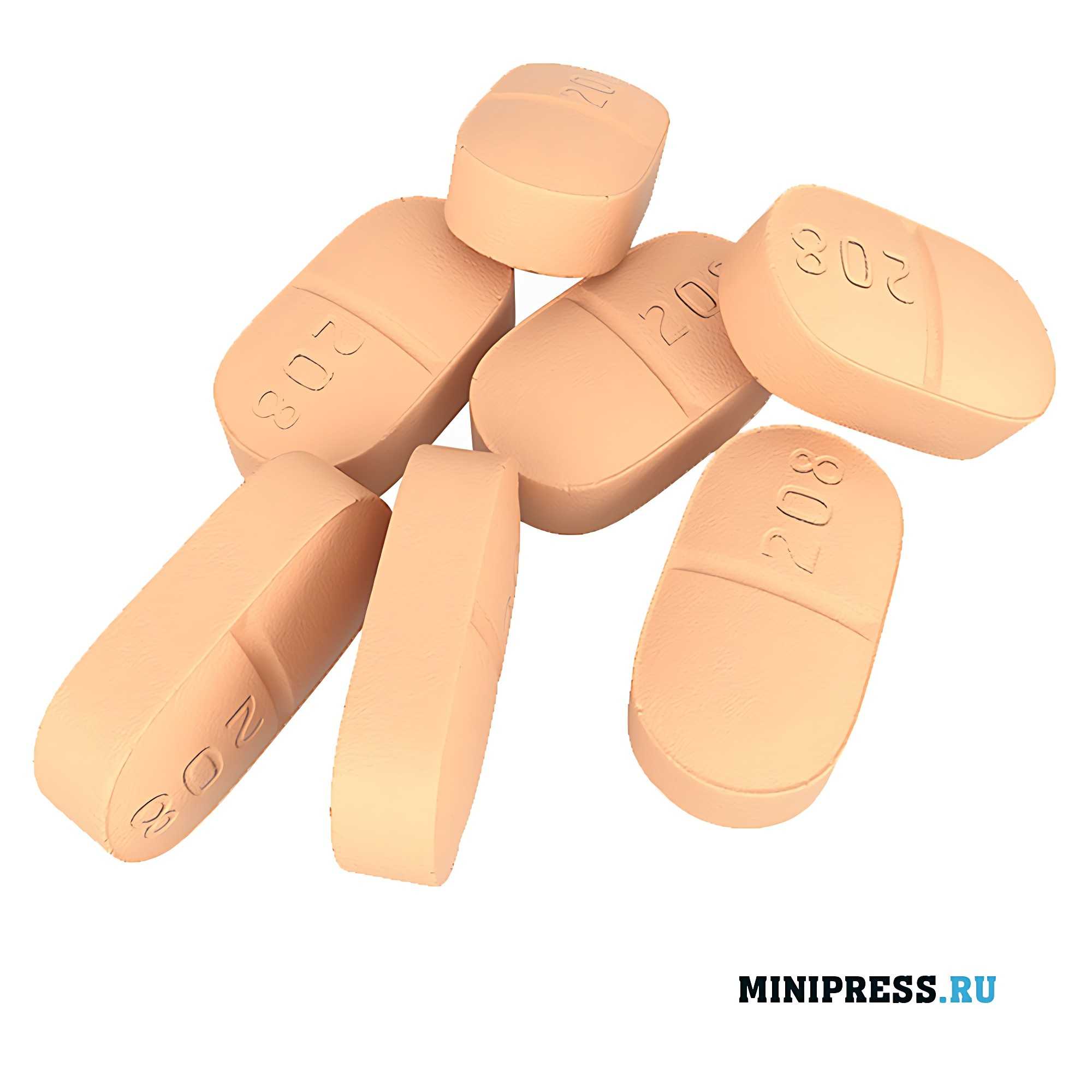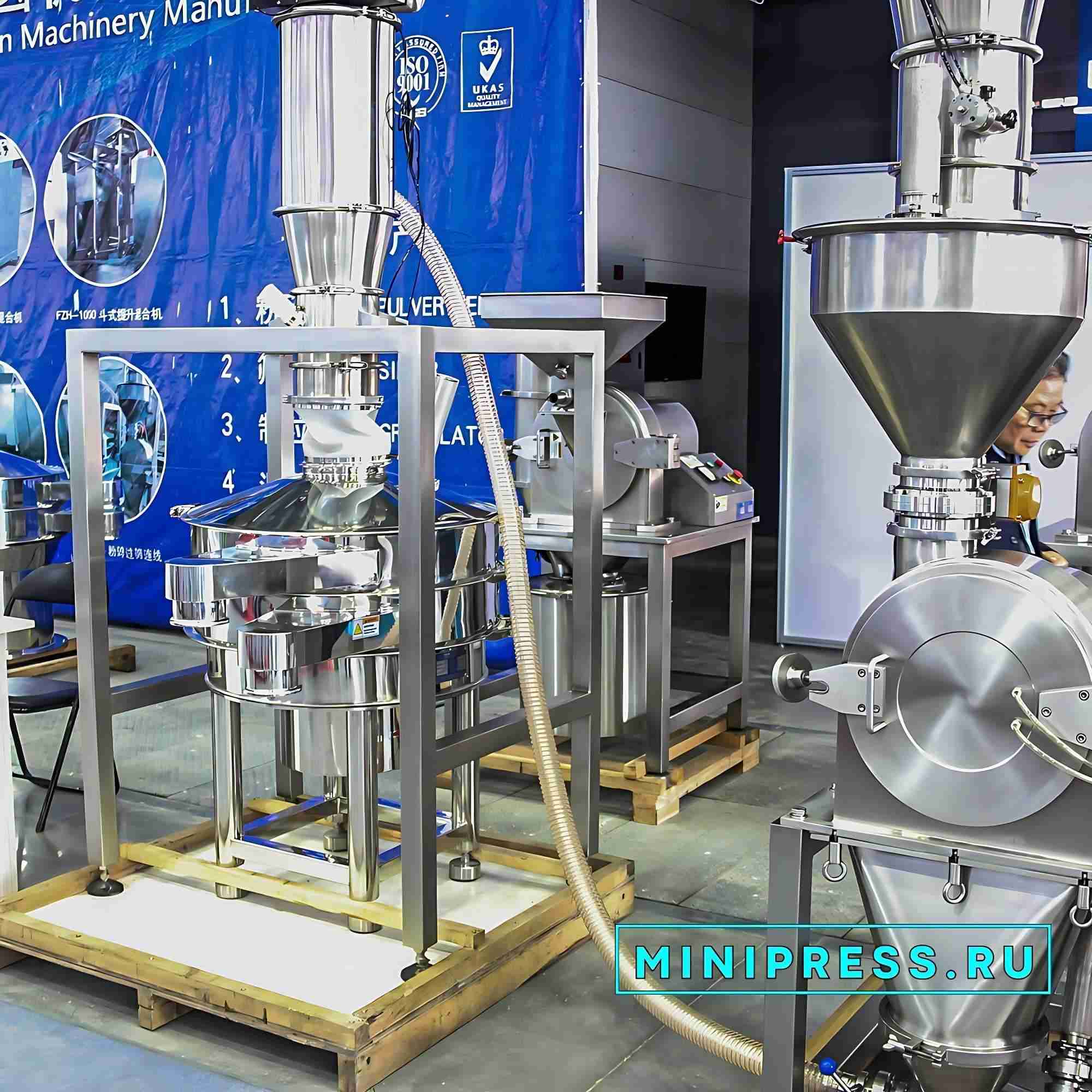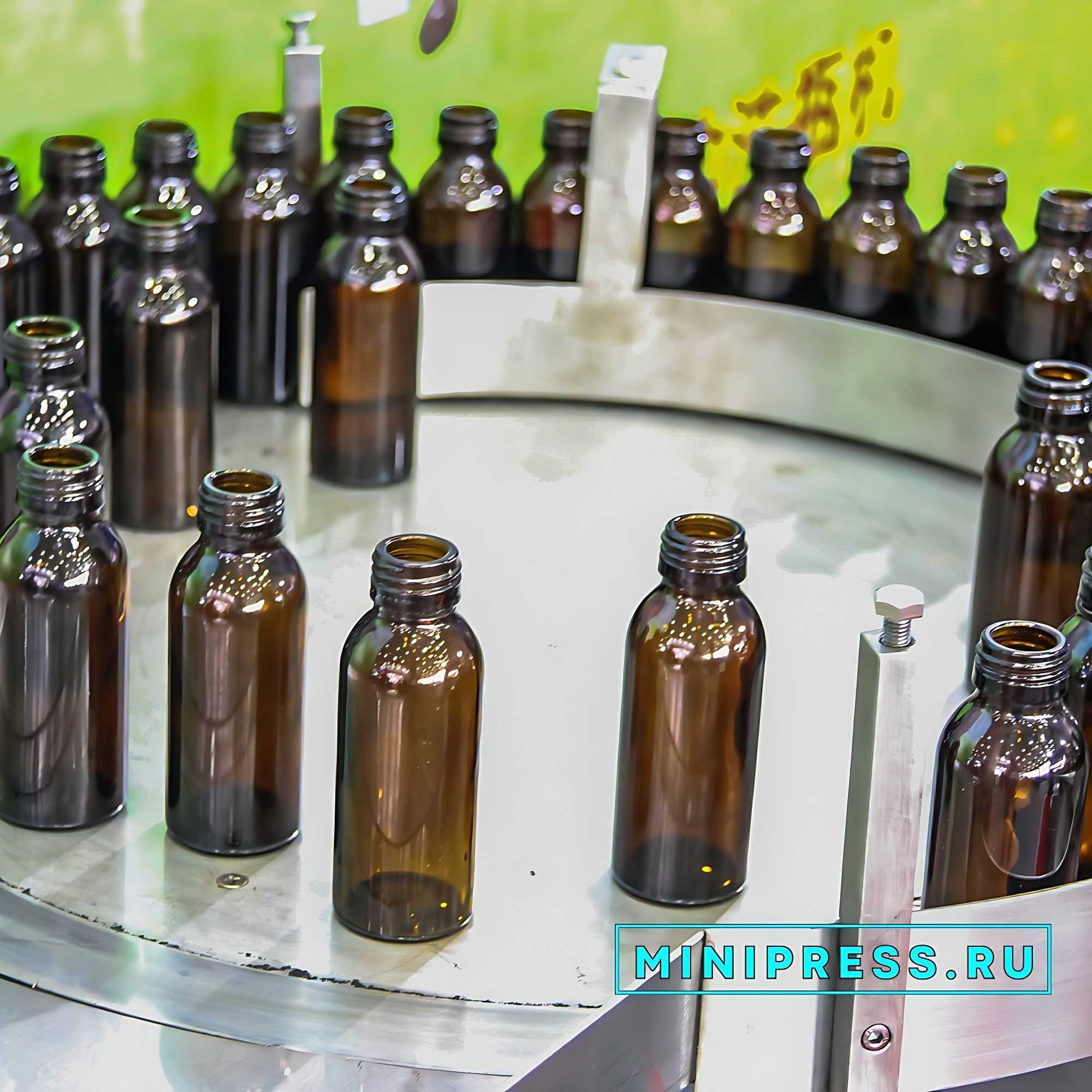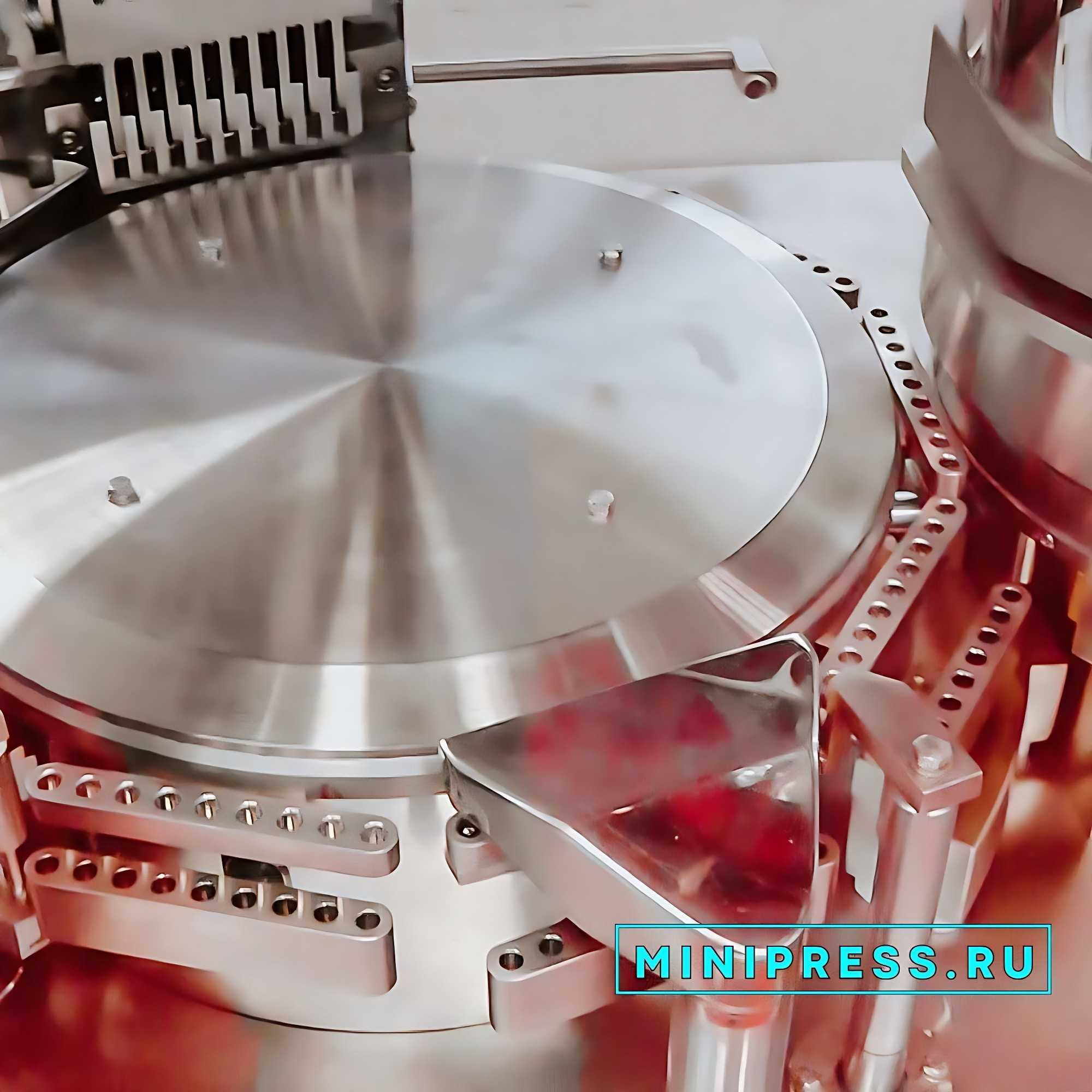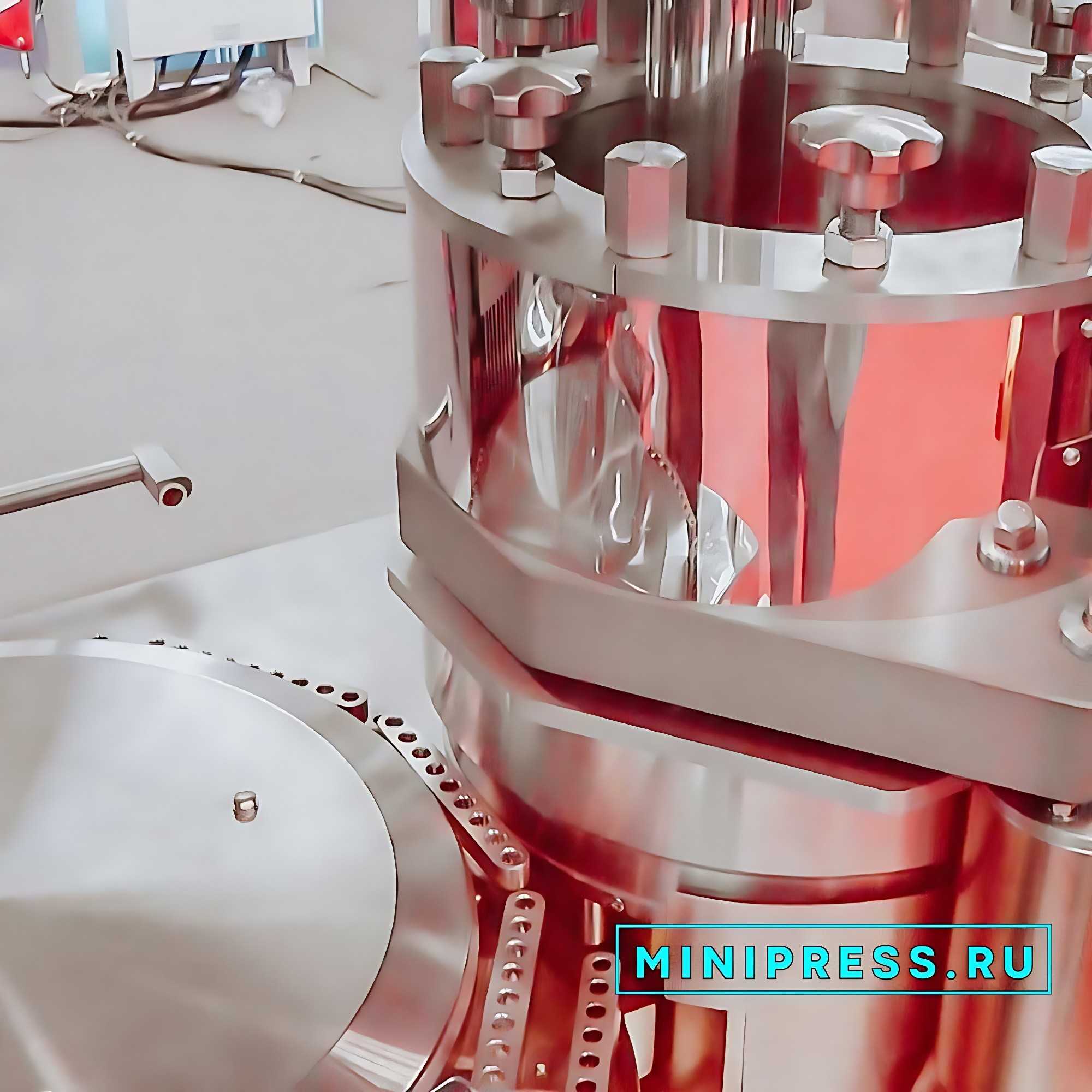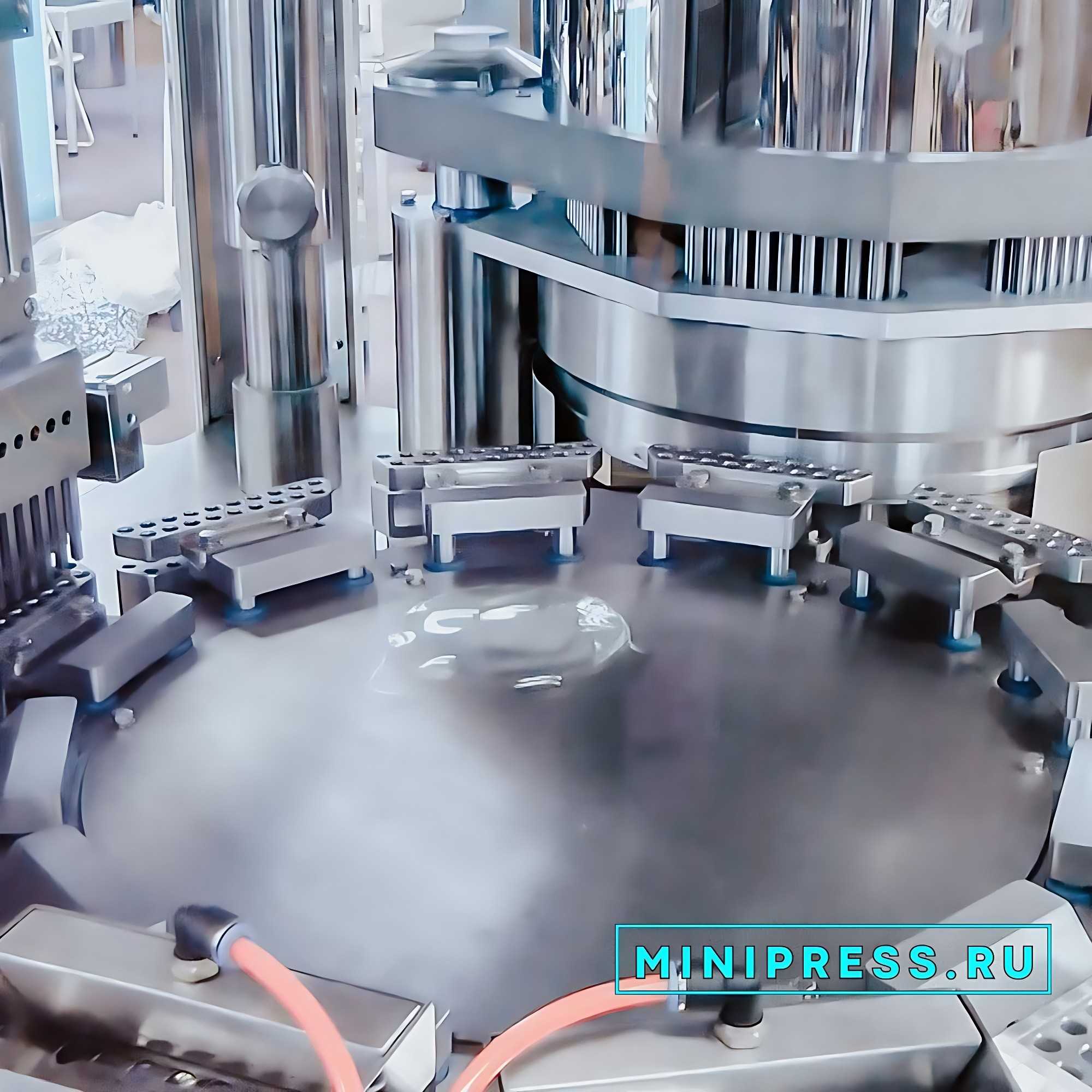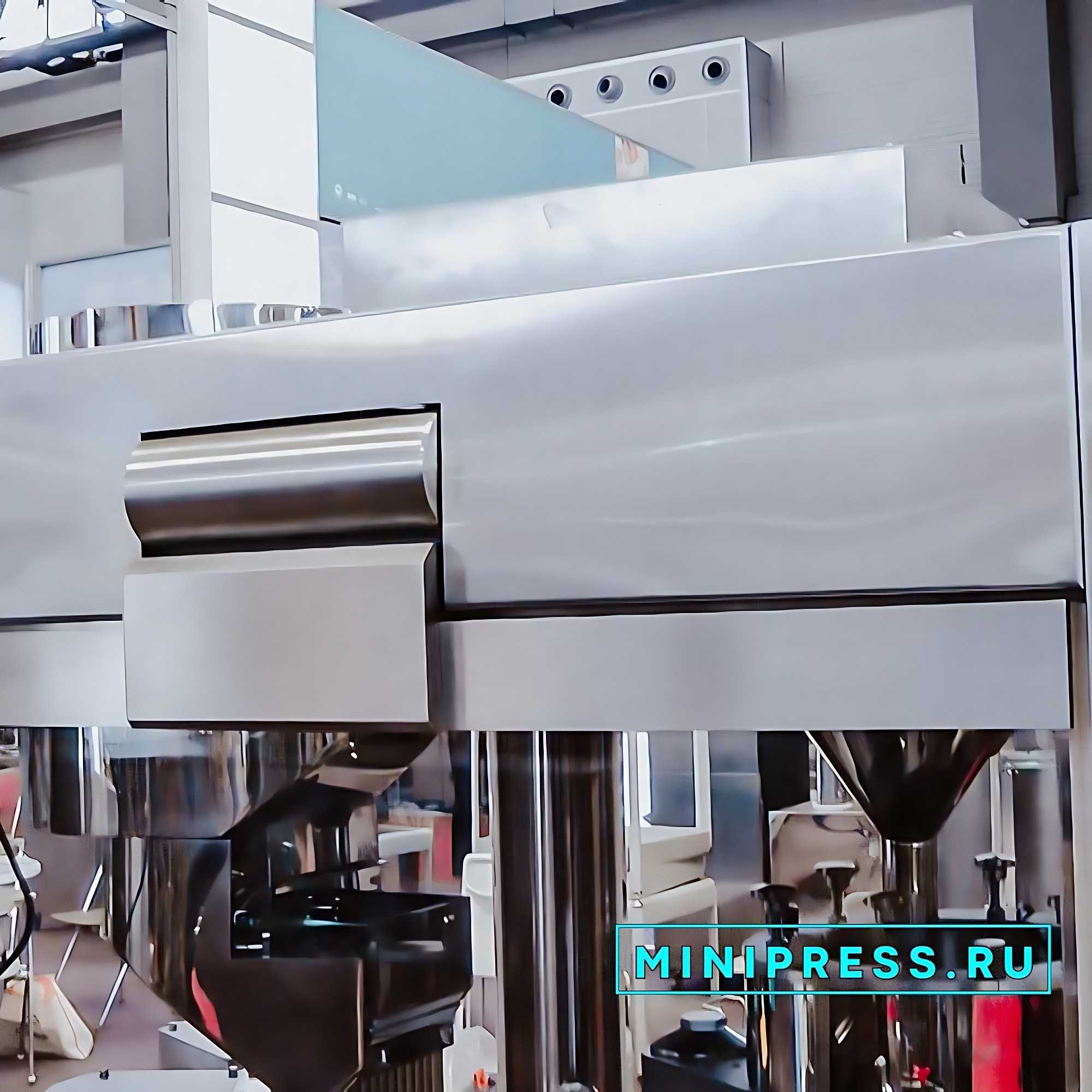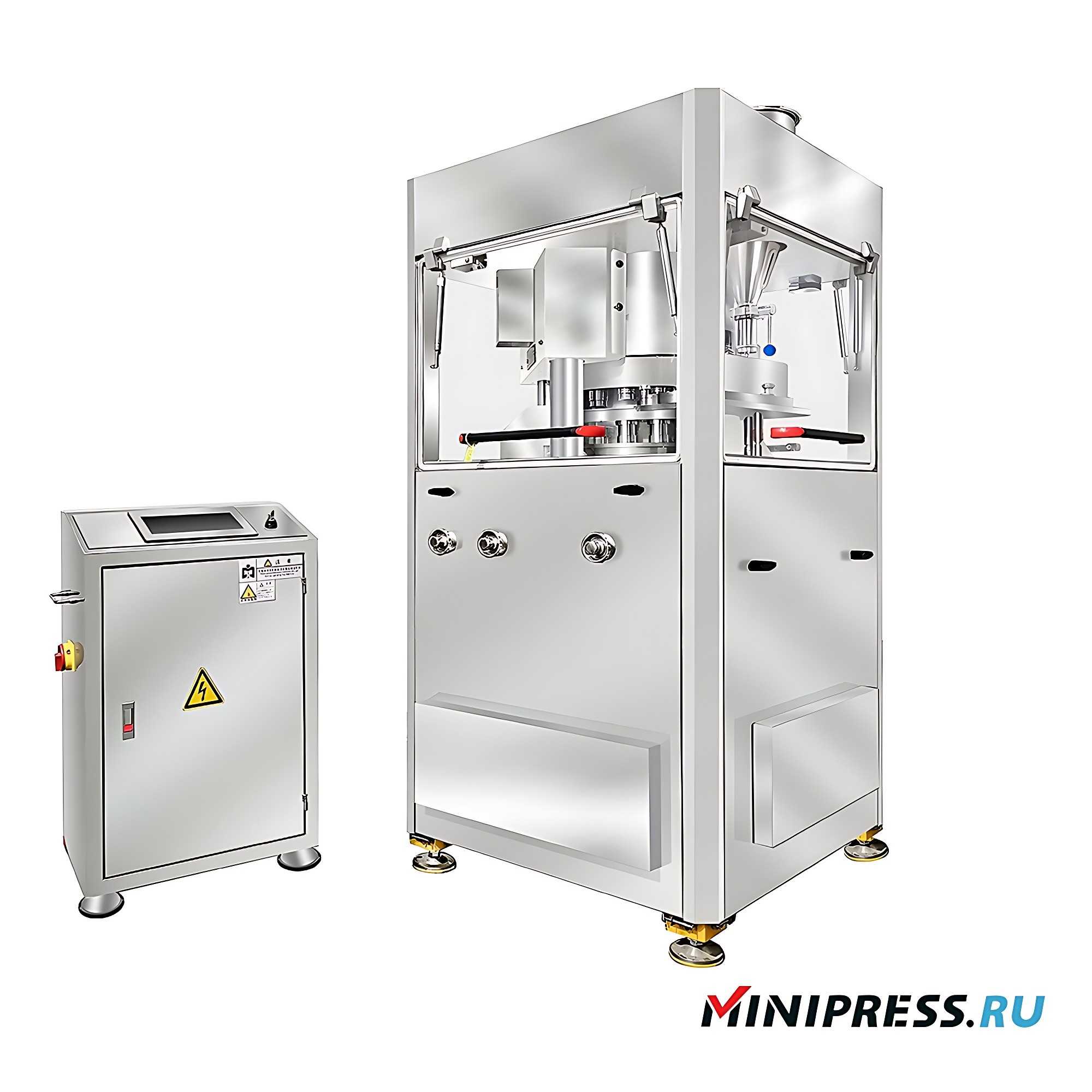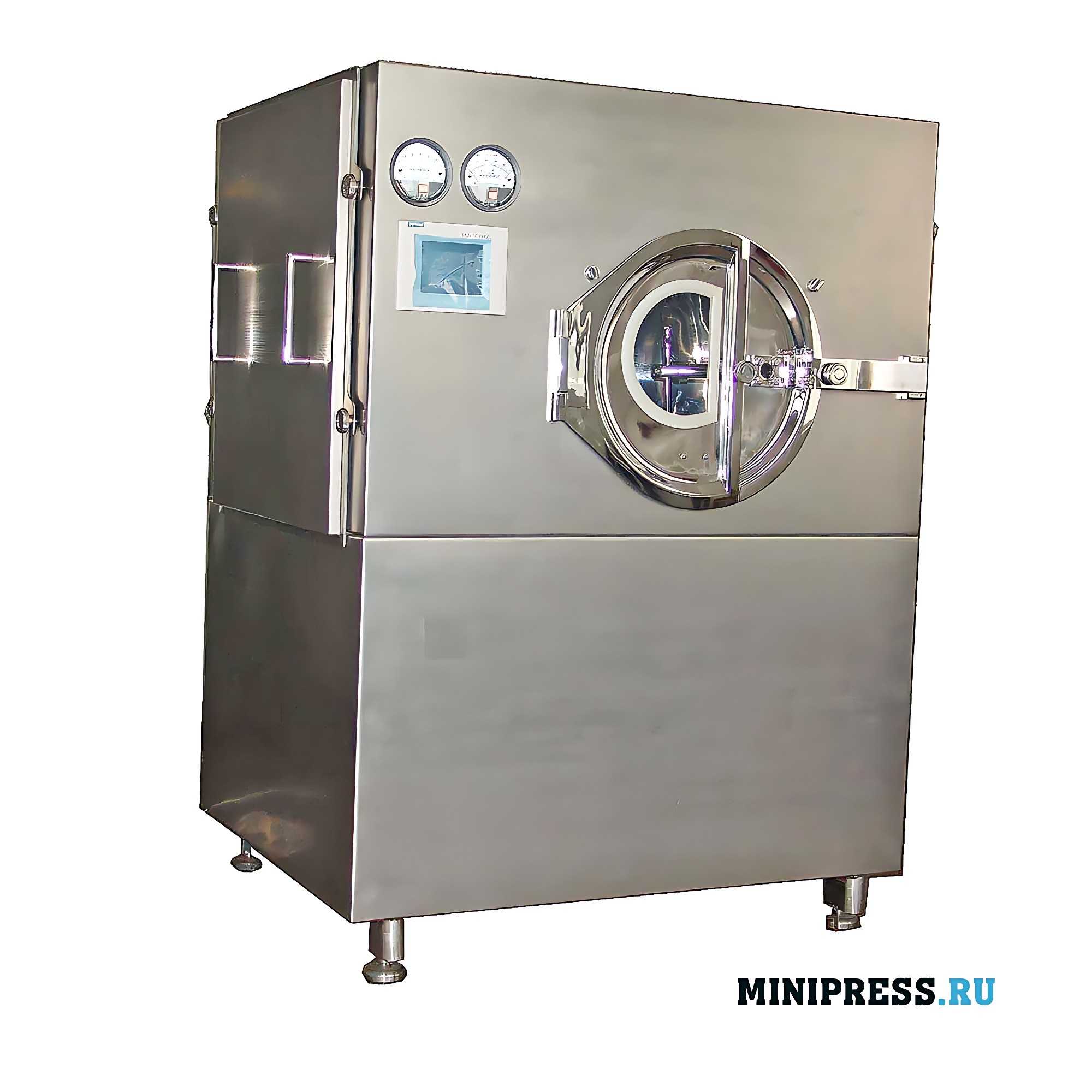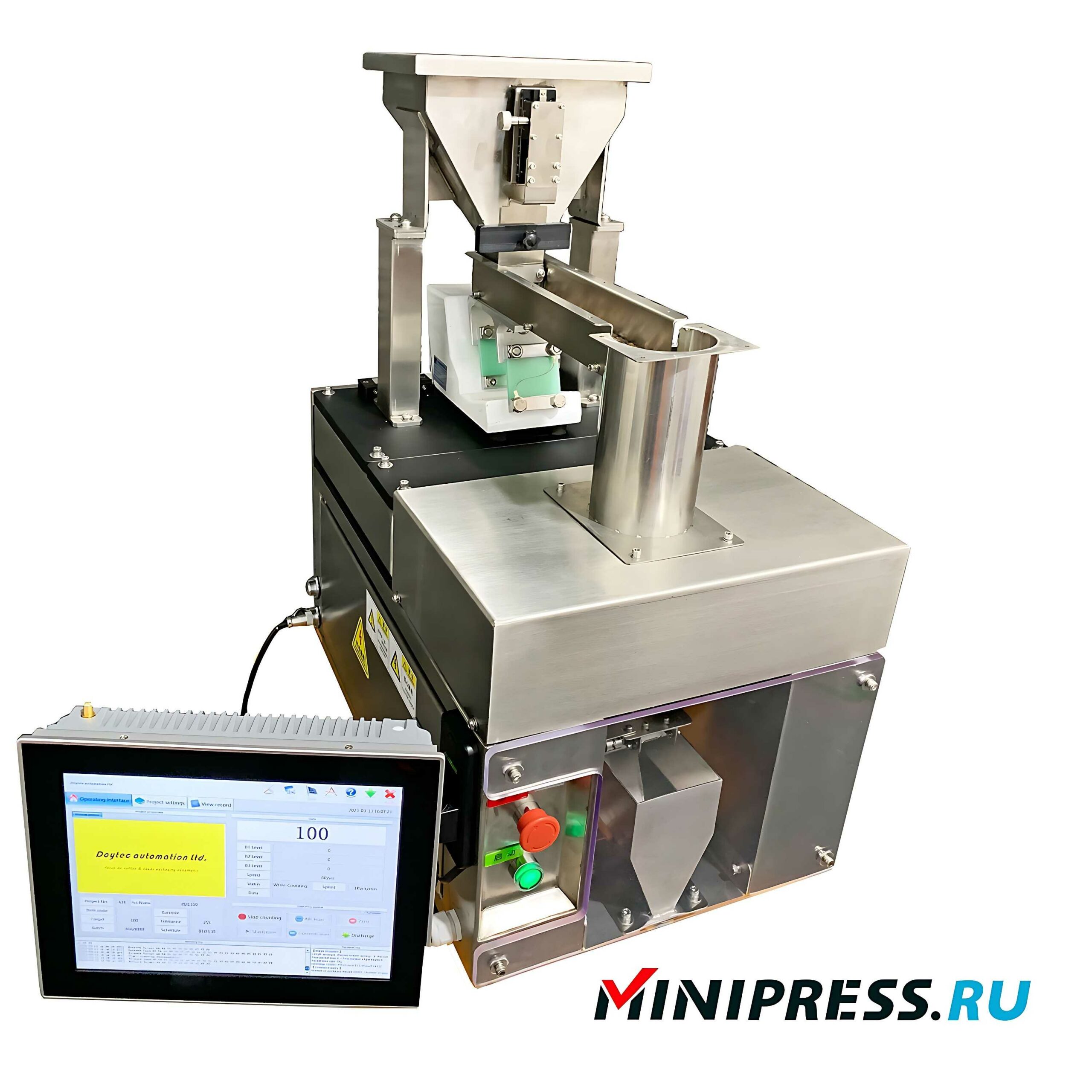 Video review of the model
Video review of the model
 Our service and customer service
Our service and customer service
Delivery of the active substance to any part of the GI tract is achieved by using as a coating exactly those types of Eudragit polymers that dissolve at certain acidity (pH) values of the environment peculiar to this or that part of the GI tract. It is also possible to use combinations of separate types of polymers when it is necessary to deliver drugs to a strictly defined part of the GI tract. The described feature of Eudragit films is crucial for more effective treatment of a number of diseases, including ulcerative colitis, Crohn’s disease and even some cancers. The intestinal soluble coating (water-based) is Kollicoat MAE 30DP (methacrylic acid + ethyl acrylate 1+1) polymer as a 30% water-soluble dispersion and Kollicoat MAE 100P polymer as a 100% water-dispersible powder. Kollicoat is the patented name for all BASF coatings. Kollicoat MAE 1 OOP is a powder consisting mainly of methacrylic acid-ethyl acrylate copolymer (1:1). It has an average molecular weight of approximately 250,000 kDa. It is prepared from Kollicoat MAE*30DP by neutralizing up to about 6 mol% of the copolymer with sodium hydroxide. Additionally, this powder includes two stabilizers to prevent sedimentation and degradation of the copolymer. These polymers form non-hygroscopic films, which require a plasticizer to give the product the necessary elasticity, as the film is quite brittle. Kollicoat MAE films are completely insoluble in acidic media (e.g. 0.1 M HC1 or gastric juice). However, at pH values >5.5 they dissolve at an increasing rate. Therefore, these films are optimally suited for enteric-coated tablets that dissolve after passing through the stomach.
 Pharmaceutical Glossary
Pharmaceutical Glossary
 Technical specifications
Technical specifications
Intestine-soluble coatings are used for dosage forms that, when administered, are expected to delay the release of drugs, may be destroyed in the stomach (e.g., pancreatin, erythromycin), may cause nausea or bleeding, or may cause irritation of the gastric mucosa (e.g., aspirin, steroids). Such coatings can be used to re-release drugs in different parts of the GI tract. The action of intestine-soluble coating is due to the difference in properties of gastric and intestinal media due to different acidity and enzyme composition. Although some time ago there were attempts to create coatings that degrade under the action of intestinal enzymes, these developments were not popular, because enzymatic degradation of the film is a rather long process. Thus, most of the widely used intestine-soluble coatings are weak acids that do not dissociate at low pH values, but are easily ionized when the pH of the medium is increased to 5. The most effective enteric soluble polymers are polyacids. Enzyme-degradable coatings are currently used as protective coatings for delivery of polypeptide drug substances into the colon. One of the first synthetic polymers used for intestine-degradable coatings is phthalate cellulose acetate (PCA). However, pH>6 is required for dissolution of the coating, which significantly delays drug release. This polymer is relatively permeable to moisture and gastric juice compared to most enteric soluble polymers. In addition, it is highly susceptible to hydrolytic degradation, in which phthalic acid separates from acetic acid, leading to changes in the properties of the polymer and hence the action of the enteric coating.
 Additional information
Additional information
Other useful polymers used in enteric coating formulations include: Polyvinyl acetate phthalate (PVAP), which is less permeable to moisture and gastric juice, more resistant to hydrolysis, and able to ionize at low pH values; hydroxypropyl methylcellulose phthalate (HPMCP), which has properties similar to those of PVAP; acrylic polymers such as methacrylic acid or methacrylic acid ester copolymer (some of which have a high dissociation constant); cellulose acetate trimellitate (ATC), which has properties similar to those of AFC; carboxymethyl ethyl cellulose (CMEC); hydroxypropyl methylcellulose acetate succinate (HPMCS).
In recent years, acrylic copolymers have been considered most suitable for the development of enteric coatings. A new type of film coatings has emerged, based on poly-methyl methacrylates (PMMA), polymers derived from acrylic acid, called Eudragit, which have the following properties: Excellent moisture-, heat- and light-protective properties, hence increasing the shelf life of drugs (far exceeding the corresponding properties of cellulose); complete neutralization of unpleasant taste and odor, which are often possessed by the active ingredients in the tablet; ease of swallowing large-sized tablets due to the sliding properties of the films; uniformly colored tablets of any shade when combined with pigments; delivery of the active ingredient to any part of the GI tract; use of Eudragit as a matrix for dosage forms with retarded
Order status tracking
When purchasing the RY-200 centrifugal type powder granulator, I asked for tests on our powder 12/01/2026 05:54
Hello Lily, Please send 2 kg of your raw material to the address given to you by Natalia. After the test, the engineer will inform you about the results. 12/01/2026 05:58
We have sent to info@minipress.ru photos of the damaged box with induction welding membrane machine FG-08. Please call back. 12/01/2026 06:04
Good day, Savannah! Damage to the packaging is unfortunately a common practice in transportation. Please carefully unpack the shipment and send us a series of photos. We will take a look and take action. 12/01/2026 06:04
Rotary tablet press RZK-25 I want to order with delivery to Berlin 12/01/2026 06:14
Good day, Jayden We have checked the information on your request, unfortunately the factory has stopped production of this model of equipment. Send to the mail a description of your task, or contact your manager. We will help in any case with the choice. 12/01/2026 06:18
I'm waiting to get my XL-12 plastic bottle filling and capping machine to Santorini, then I want to buy an automatic capsule machine model GN-28 12/01/2026 06:24
Good afternoon, Andrew! On the first question - the shipment will arrive in Santorini after lunch. On the second question - the model GN-28 will be processed under a new contract ? Contact the office. 12/01/2026 06:26
In Marburg ITA-01 tablet and capsule counter, RZ-9 rotary tablet press and manual capsule filling machine. Help when we get it ? 12/01/2026 06:34
Good afternoon, Lucas! We have received from the factories photos of the equipment after packing. Natalia will forward the photos to you. Delivery time to you is 45-50 days. 12/01/2026 06:36
You have to pay for delivery to Plovdiv over and above the delivery amount in the contract ? 12/01/2026 06:44
Bella, The catalog shows the price with door delivery. The unloading of the equipment, upon receipt of the shipment, will be charged to you separately. 12/01/2026 06:46
You have to pay for delivery to Oxford over and above the delivery amount in the contract ? 12/01/2026 06:54
Aiden, The catalog shows the price with door delivery. The unloading of the equipment, upon receipt of the shipment, will be charged to you separately. 12/01/2026 06:56
Please inform me about the status of the order Rotary tablet press RZ-10A in Austin ? 12/01/2026 07:04
Good afternoon, Hannah. We have contacted the carrier, delivery is scheduled between 16:00-18:00. Please let us know when you receive it. Thank you. 12/01/2026 07:07
We're from New Jersey, we paid for the equipment on your invoice yesterday. Has the payment been received? How long will it take to deliver to us? 12/01/2026 07:14
Ella, hello. Payment is credited to our settlement account. Term of manufacture of your equipment by the factory 20 working days, delivery from the factory to our warehouse in the USA 1 month, delivery from the warehouse in Tulsa 15 calendar days. 12/01/2026 07:16
Can your technician come to Budapest? We need technologist consultation and assistance. 12/01/2026 07:24
Ethan, We have already received your email. A technician closer to evening will contact you. Don't worry. 12/01/2026 07:27
- EQUIPMENT FOR THE PRODUCTION OF TABLETS
- EQUIPMENT FOR COUNTING AND PACKAGING TABLETS AND CAPSULES IN BOTTLES
- MACHINES FOR THE PRODUCTION OF SUPPOSITORIES
- EQUIPMENT FOR PRINTING LOGO ON TABLETS AND CAPSULES
- BOTTLE FILLING AND CAPPING EQUIPMENT
- HIGH-PRECISION DOSING MACHINES POWDER FILLING MACHINES
- EQUIPMENT FOR FILLING CREAMS AND SEALING PLASTIC TUBES
- EQUIPMENT FOR FILLING AND SEALING GLASS AMPOULES
- EQUIPMENT FOR PACKING POWDERS INTO VIALS
- EQUIPMENT FOR FILLING HARD GELATIN CAPSULES WITH POWDER
- EQUIPMENT FOR WASHING AND STERILIZING BOTTLES
- EQUIPMENT FOR POLISHING AND DEDUSTING TABLETS AND CAPSULES
- SPRAY DRYING EQUIPMENT FOR SUSPENSIONS
- EQUIPMENT FOR PACKAGING TABLETS AND CAPSULES IN PLASTIC BOTTLES
- AUTOMATIC EQUIPMENT FOR REMOVING TABLETS AND CAPSULES FROM BLISTERS
- MACHINES FOR FORMING AND FILLING PLASTIC AMPOULES
- EQUIPMENT FOR COATING TABLETS
- EQUIPMENT FOR VACUUM TRANSPORTATION OF POWDERS
- POWDER GRANULATION EQUIPMENT
- EQUIPMENT FOR SCREW FEEDING OF POWDERS
- AUTOMATIC PHARMACEUTICAL CENTRIFUGES
- EQUIPMENT FOR AUTOMATIC BOTTLE FEEDING FOR FILLING LINES
- EQUIPMENT FOR EFFICIENT MIXING OF POWDERS
- EQUIPMENT FOR HOMOGENIZING CREAMS AND OINTMENTS
- EQUIPMENT FOR WRAPPING CARDBOARD BOXES WITH CELLOPHANE
- EQUIPMENT FOR THE MANUFACTURE AND PACKAGING OF WET ALCOHOL WIPES
- EQUIPMENT FOR METAL DETECTOR IN GELATIN CAPSULES AND TABLETS
- AUTOMATIC EQUIPMENT FOR SELF-ADHESIVE LABELS ON PACKAGING
- EQUIPMENT FOR PACKAGING FOOD PRODUCTS IN DOY-PACK PACKAGES
- EQUIPMENT FOR APPLYING THE EXPIRATION DATE AND BATCH NUMBER TO PRODUCTS
- EQUIPMENT FOR FILLING AND PACKAGING HERBAL TINCTURES
- FLOW-PACK PACKAGING MACHINES
- EQUIPMENT FOR FILLING LIQUIDS IN PLASTIC AND METAL BARRELS
- EQUIPMENT FOR PACKAGING PRODUCTS IN A FLOW PACK
- EQUIPMENT FOR PACKAGING BULK MATERIALS IN PLASTIC BAGS
- EQUIPMENT FOR PACKAGING TABLETS IN STRIPS AND TUBES
- EQUIPMENT FOR VACUUM PACKAGING IN PLASTIC BAGS
- EQUIPMENT FOR INDUCTION SEALING OF ALU FOIL BOTTLES
- EQUIPMENT FOR PACKING TEA INTO TEA BAGS WITH THREAD AND LABEL
- AUTOMATIC EQUIPMENT FOR BLISTER PACKAGING
- EQUIPMENT FOR WEIGHT CONTROL AND SORTING OF CARDBOARD BOXES WITH MEDICINE
- EQUIPMENT FOR THE PRODUCTION OF FISHING BOILIES
- DESKTOP EQUIPMENT FOR LIQUID DOSING
- EQUIPMENT FOR VIBRATING SIEVING OF POWDERS
- PERISTALTIC PUMPS DISPENSERS
- DESKTOP EQUIPMENT FOR MIXING POWDERS
- EQUIPMENT FOR MIXING LIQUIDS WITH MICROWAVE HEATING
- MANUAL EQUIPMENT FOR FILLING GELATIN CAPSULES WITH POWDER
- SEMI-AUTOMATIC EQUIPMENT FOR BLISTER PACKAGING
- MACHINES PRINTING EXPIRATION DATE AND LOT NUMBER
- EQUIPMENT FOR AUTOMATIC DOSING OF CREAMS AND OINTMENTS
- EQUIPMENT FOR LABORATORY TESTING OF MEDICINES
- EQUIPMENT FOR POWDERING PHARMA RAW MATERIALS
- DESKTOP EQUIPMENT FOR HIGH-SPEED EMULSION PRODUCTION
- SEMI-AUTOMATIC EQUIPMENT FOR FILLING GELATIN CAPSULES
- EQUIPMENT FOR PACKING POWDERS INTO VIALS
- SPRAY DRYING EQUIPMENT FOR SUSPENSIONS
- EQUIPMENT FOR WASHING AND STERILIZING BOTTLES
- EQUIPMENT FOR FILLING CREAMS AND SEALING PLASTIC TUBES
- EQUIPMENT FOR PRINTING LOGO ON TABLETS AND CAPSULES
- EQUIPMENT FOR FILLING AND SEALING GLASS AMPOULES
- EQUIPMENT FOR FILLING HARD GELATIN CAPSULES WITH POWDER
- MACHINES FOR THE PRODUCTION OF SUPPOSITORIES
- EQUIPMENT FOR COATING TABLETS
- EQUIPMENT FOR COUNTING AND PACKAGING TABLETS AND CAPSULES IN BOTTLES
- HIGH-PRECISION DOSING MACHINES POWDER FILLING MACHINES
- EQUIPMENT FOR POLISHING AND DEDUSTING TABLETS AND CAPSULES
- MACHINES FOR FORMING AND FILLING PLASTIC AMPOULES
- AUTOMATIC EQUIPMENT FOR REMOVING TABLETS AND CAPSULES FROM BLISTERS
- EQUIPMENT FOR THE PRODUCTION OF TABLETS
- BOTTLE FILLING AND CAPPING EQUIPMENT
- EQUIPMENT FOR PACKAGING TABLETS AND CAPSULES IN PLASTIC BOTTLES
- POWDER GRANULATION EQUIPMENT
- EQUIPMENT FOR VACUUM TRANSPORTATION OF POWDERS
- EQUIPMENT FOR HOMOGENIZING CREAMS AND OINTMENTS
- EQUIPMENT FOR EFFICIENT MIXING OF POWDERS
- AUTOMATIC PHARMACEUTICAL CENTRIFUGES
- EQUIPMENT FOR SCREW FEEDING OF POWDERS
- EQUIPMENT FOR AUTOMATIC BOTTLE FEEDING FOR FILLING LINES
- EQUIPMENT FOR PACKING TEA INTO TEA BAGS WITH THREAD AND LABEL
- EQUIPMENT FOR THE MANUFACTURE AND PACKAGING OF WET ALCOHOL WIPES
- AUTOMATIC EQUIPMENT FOR SELF-ADHESIVE LABELS ON PACKAGING
- EQUIPMENT FOR INDUCTION SEALING OF ALU FOIL BOTTLES
- EQUIPMENT FOR FILLING LIQUIDS IN PLASTIC AND METAL BARRELS
- EQUIPMENT FOR PACKAGING TABLETS IN STRIPS AND TUBES
- EQUIPMENT FOR PACKAGING BULK MATERIALS IN PLASTIC BAGS
- EQUIPMENT FOR PACKAGING FOOD PRODUCTS IN DOY-PACK PACKAGES
- EQUIPMENT FOR WRAPPING CARDBOARD BOXES WITH CELLOPHANE
- EQUIPMENT FOR FILLING AND PACKAGING HERBAL TINCTURES
- EQUIPMENT FOR APPLYING THE EXPIRATION DATE AND BATCH NUMBER TO PRODUCTS
- EQUIPMENT FOR PACKAGING PRODUCTS IN A FLOW PACK
- FLOW-PACK PACKAGING MACHINES
- EQUIPMENT FOR VACUUM PACKAGING IN PLASTIC BAGS
- AUTOMATIC EQUIPMENT FOR BLISTER PACKAGING
- EQUIPMENT FOR METAL DETECTOR IN GELATIN CAPSULES AND TABLETS
- EQUIPMENT FOR WEIGHT CONTROL AND SORTING OF CARDBOARD BOXES WITH MEDICINE
- SEMI-AUTOMATIC EQUIPMENT FOR BLISTER PACKAGING
- DESKTOP EQUIPMENT FOR MIXING POWDERS
- EQUIPMENT FOR VIBRATING SIEVING OF POWDERS
- EQUIPMENT FOR AUTOMATIC DOSING OF CREAMS AND OINTMENTS
- EQUIPMENT FOR MIXING LIQUIDS WITH MICROWAVE HEATING
- DESKTOP EQUIPMENT FOR LIQUID DOSING
- DESKTOP EQUIPMENT FOR HIGH-SPEED EMULSION PRODUCTION
- EQUIPMENT FOR THE PRODUCTION OF FISHING BOILIES
- MACHINES PRINTING EXPIRATION DATE AND LOT NUMBER
- EQUIPMENT FOR POWDERING PHARMA RAW MATERIALS
- PERISTALTIC PUMPS DISPENSERS
- SEMI-AUTOMATIC EQUIPMENT FOR FILLING GELATIN CAPSULES
- MANUAL EQUIPMENT FOR FILLING GELATIN CAPSULES WITH POWDER
- EQUIPMENT FOR LABORATORY TESTING OF MEDICINES

 Deutsch
Deutsch Français
Français Italiano
Italiano Polski
Polski Español
Español Русский
Русский Português
Português 8112
8112 7691754
7691754

